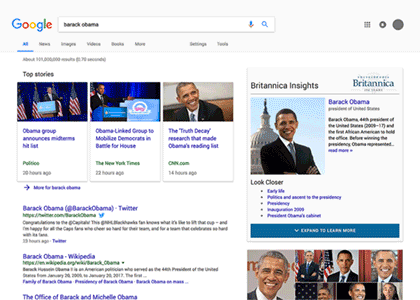Murad II, (born June 1404, Amasya, Ottoman Empire [now in Turkey]—died February 3, 1451, Edirne), Ottoman sultan (1421–44 and 1446–51) who expanded and consolidated Ottoman rule in the Balkans, pursued a policy of restraint in Anatolia, and helped lead the empire to recovery after its near demise at the hands of Timur following the Battle of Ankara (1402).

Under Mehmed I (ruled 1413–20) and Murad II (ruled 1421–51), there was a new period of expansion in which Bayezid’s empire was restored and new territories were added. Mehmed restored the vassal system in Bulgaria and Serbia, promising that he would not undertake…
Early in his reign, Murad had to overcome several claimants to the Ottoman throne who were supported by the Byzantine emperor Manuel II Palaeologus and by many of the Turkmen principalities in Anatolia. By 1425 Murad had eliminated his rivals, had reestablished Ottoman rule over the Turkmen principalities of western Anatolia, and had once again forced Byzantium to pay tribute. He then turned his attention to the Balkans. In 1430, after a five-year struggle, he captured Salonika (modern Thessaloníki), in northern Greece, which had been under Venetian control. At first the Ottoman armies were successful against a Hungarian-Serbian-Karaman alliance; but after 1441, when the alliance expanded to include German, Polish, and Albanian forces, the Ottomans lost Niš and Sofia (1443) and were soundly defeated at Jalowaz (1444). After signing a peace treaty at Edirne (June 12, 1444), Murad abdicated in favour of his 12-year-old son, Mehmed II.
European powers, under the auspices of Pope Eugenius IV, soon broke the truce; and Murad, leading the Ottoman army, inflicted a severe defeat on the Christian forces at the Battle of Varna in November 1444. Under pressure from court notables and faced with external threats, Murad reassumed control of the state in 1446. In 1448 he defeated the Hungarians at the second Battle of Kosovo (October 17).
In Anatolia, Murad pursued a policy of caution because of the westward advance of the Timurid Shah Rokh, who posed as protector of the Turkmen principalities. The Ottomans gained suzerainty over the Turkmen rulers in the Çorum-Amasya region and in western Anatolia, but the principality of Karaman, which through its alliances with the Balkan Christian rulers was a major threat to the Ottomans, was left autonomous.
During Murad’s reign the office of grand vizier (chief minister) came to be dominated by the Çandarlı family. The Janissary corps (elite forces) gained in prominence, and the hereditary Turkish frontier rulers in the Balkans often acted independently of the sultan.











